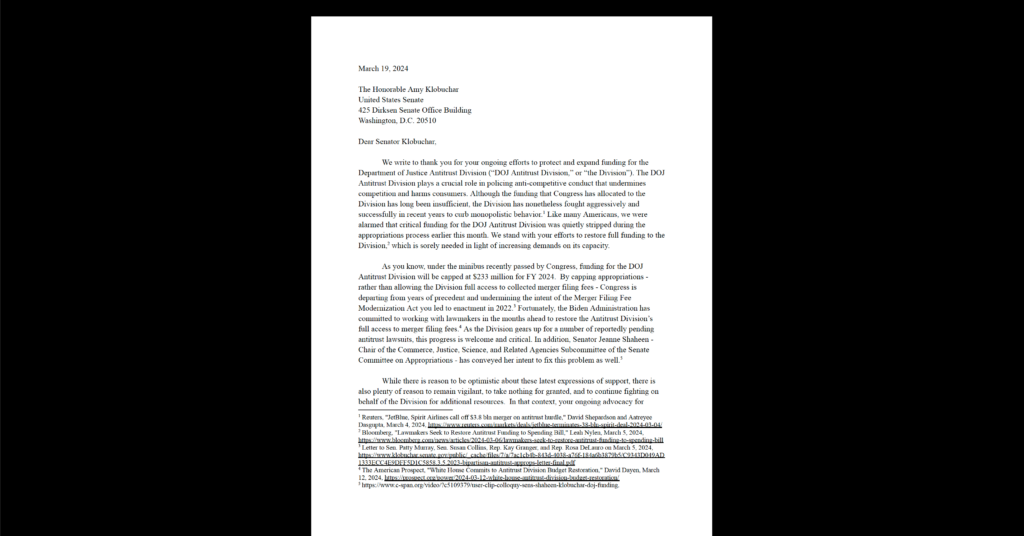Cybersecurity & Standards, Open Internet
Slicing the Network: Maintaining Neutrality, Protecting Privacy, and Promoting Competition
A technical and policy overview with recommendations for operators and regulators

Since the 1990s, the Center for Democracy & Technology (CDT) has been concerned with the ways in which “service delivery models of the Internet risk diminishing or eliminating the rough ‘equality of voice’ between small and large speakers that is a key characteristic of the narrowband Internet.” [1] The principles of net neutrality have been essential for maintaining the diversity of services built on top of the internet and for maintaining some competition between small and large providers of those online services. That diversity and competition, in turn, provide users with a broader array of choices for seeking online content and disseminating their own speech. Furthermore, in order for the internet to be used to its full potential and to protect the human rights of internet users, we need privacy from surveillance and unwarranted data collection by governments, network providers, and edge providers.
What has changed since the 1990s? In addition to the explosive growth of the internet, its worldwide accessibility, and its vital importance to conducting activities of modern life, new networking technologies provide capabilities for novel internet services as well as opportunities for network operators to monetize networks further.
One such change, the transition to 5G mobile networks, enables network operators to engage in a technique called network slicing. The portion of a network that is sliced can be used to provide a suite of different service offerings, each tailored to specific purposes, instead of a single, general-purpose subscription for mobile voice and data. Moving from general-purpose access to a sliced network means treating network traffic differently, which, by definition, violates the strictest definition of net neutrality — that every data packet should be treated equally and identically. However net neutrality in practice does allow for differential treatment, “so long as it is not discriminatory in ways that affect the internet user’s Quality of Experience or competition among edge providers.” [2]
This requires a careful approach. Our report describes the technologies used for network slicing and outlines recommendations for an approach – for both operators and regulators – to enable network slicing while maintaining network neutrality, protecting privacy, and promoting competition.
[1] Morris Jr., J. B., & Berman, J. (2010). The Broadband Internet: The End of the Equal Voice? Center for Democracy & Technology. [perma.cc/44EF-BX33]
[2] Adams, S. (2019, September 24). Techsplanations: What’s the Deal With 5G? Center for Democracy & Technology. [perma.cc/X8J7-YMU8]


